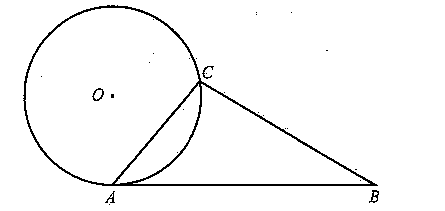根据下面资料,回答40-42题
Scientists have long tried to be able to know more about floods.So far, the best that scientists can do is to recognize the conditions for flooding.
Although deep snow alone seldom causes floods, when it occurs together with heavy rain and sudden warmer weather, it can lead to serious flooding.If there is a fast snow melt (融化) on top of frozen or very wet ground, flooding is likely to occur.Melting snow also causes high water levels in rivers.
Whenever rivers are already at their highest possible levels, heavy rains will result in the rivers' flooding the nearby land.
Rivers covered in ice can also lead to flooding.When ice begins to melt, it breaks into large pieces.
These pieces of ice move and float down the river.They can block the river, causing the water to rise and flood the land up the river.If the ice dam (坝) breaks suddenly, the large quantity of water held behind it can flood the areas down the river too.
Broken ice dams are not the only problem that can cause flooding.When a large human-made dam breaks or fails to hold the water collected behind it, it will also cause serious damage.
Although scientists cannot always know when floods will occur, they do know a great deal about when floods are likely, or probably, going to occur.
When will deep snow lead to floods
- A.The snow suddenly gets frozen
- B.The top of the ground becomes wet
- C.It rains hard with a big rise in temperature
- D.The snow melts gradually into a river
正确答案及解析
正确答案
解析
事实细节题。根据第二段g一句可知,虽然厚厚的积雪很少引发洪水,但当遇到大雨,再加上天气突然转暖,就会引发严重的洪水。故本题选C。





